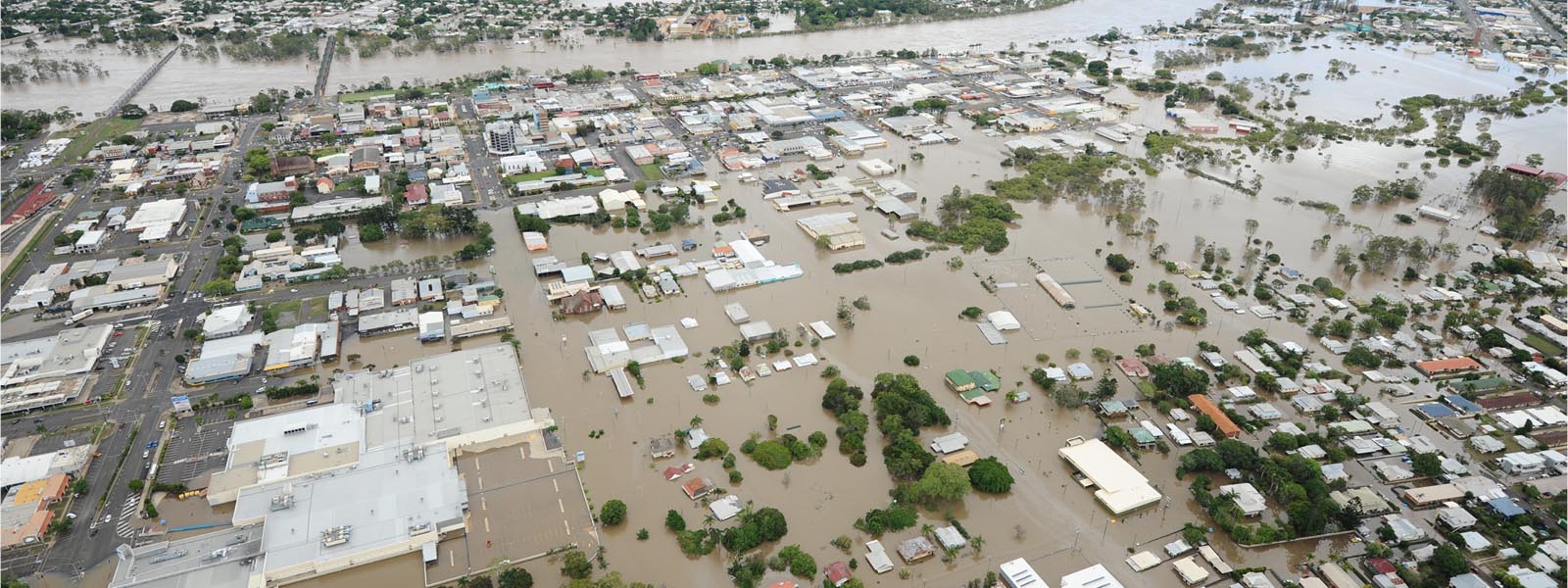Warnings and Alerts
Make sure you are getting information, warnings and updates from reliable sources.
Emergency warnings may be issued by any agency that has primary responsibility for a hazard, such as the Bureau of Meteorology (BOM), Queensland Police Service (QPS) and Queensland Fire and Emergency Services (QFES).
Warnings will be issued in a number of different ways - radio, television, BOM, Council's Disaster Dashboard, Queensland Government websites and social media sites - Bundaberg Regional Council, QFES, QPS
When warnings are given, act immediately on the instructions provided.
Do not wait.
Leave when advised, even if it feels safe where you are at the time.
Go in the direction advised for your location.
Become familiar with the Australian Warning System. If lives or property are threatened, Advice, Watch and Act or Emergency warning messages are issued.
|
in case the situation changes. |
|||||||||||||||||||||||||||||||||||||||||||||||||||||||||||||||||||||||||||||||||||||||||||||||||||||||||||||||||||||||||||||||||||||||||||||||||||||||||||||||||||||||||||||||||||||||||||||||||||||||||||||||||||||||||||||||||||||||||||||||||||||||||||||||||||||||||||||||||||||||||||||||||||||||||||||||||||||||||||||||||||||||||||||||||||||||||||||||||||||||||||||||||||||||||||||||||||||||||||||||||||||||||||||||||||||||||||||||||||||||||||||||||||||||||||||||||||||||||||||||||||||||||||||||||||||||||||||||||||||||||||||||||||||||||||||||||||||||||||||||||||||||||||||||||||||||||||||||||||||||||||||||||||||||||||||||||||||||||||||||||||||||||||||||||||||||||||||||||||||||||||||||||||||||||||||||||||||||||||||||||||||||||||||||||||||||||||||||||||||||||||||||||||||||||||||||||||||||||||||||||||||||||||||||||||||||||||||||||||||||||||||||||||||||||||||||||||||||||||||||||||||||||||||||||||||||||||||||||||||||||||||||||||||||||||||||||||||||||||||||||||||||||||||||||||||||||||||||||||||||
|
taking action now to protect you and your family. |
|||||||||||||||||||||||||||||||||||||||||||||||||||||||||||||||||||||||||||||||||||||||||||||||||||||||||||||||||||||||||||||||||||||||||||||||||||||||||||||||||||||||||||||||||||||||||||||||||||||||||||||||||||||||||||||||||||||||||||||||||||||||||||||||||||||||||||||||||||||||||||||||||||||||||||||||||||||||||||||||||||||||||||||||||||||||||||||||||||||||||||||||||||||||||||||||||||||||||||||||||||||||||||||||||||||||||||||||||||||||||||||||||||||||||||||||||||||||||||||||||||||||||||||||||||||||||||||||||||||||||||||||||||||||||||||||||||||||||||||||||||||||||||||||||||||||||||||||||||||||||||||||||||||||||||||||||||||||||||||||||||||||||||||||||||||||||||||||||||||||||||||||||||||||||||||||||||||||||||||||||||||||||||||||||||||||||||||||||||||||||||||||||||||||||||||||||||||||||||||||||||||||||||||||||||||||||||||||||||||||||||||||||||||||||||||||||||||||||||||||||||||||||||||||||||||||||||||||||||||||||||||||||||||||||||||||||||||||||||||||||||||||||||||||||||||||||||||||||||||||
|
Any delay now puts your life at risk. |
When warnings are issued you may be directed to:
- Finalise preparations.
- Secure items around your home
- Activate your emergency plan.
- Shelter in place, or
- Commence evacuation to your predetermined safer location.
Warnings are urgent - you will need to act immediately on the information provided!
Listen out:
- For the Standard Emergency Warning Signal (SEWS) which is a wailing sound used throughout Australia at the beginning of serious warnings. When you hear the signal on radio, television or over the phone via Emergency Alert, pay careful attention to the information that follows and act immediately on the advice given.
- For Emergency Alert voice messages to your landline and text messages to your mobile phone. Emergency Alert is the national telephone warning system used by emergency services to send voice messages to landlines and text messages to mobile phones within a defined area, about likely or actual emergencies. Do not block +61 444 444 444!
- For local community safety announcements (radio and television) for updates.
- For Emergency Services personnel who may door-knock your local area to pass on warnings.
- For sirens and loud-hailer announcements, that Emergency Services may use in certain circumstances. While Emergency Services may use sirens and loud-hailer announcements or door-knock your local area in certain circumstances; you cannot rely on this occurring every time. It is up to you to be prepared!
Act:
- Immediately on the advice provided.
- Ensure everyone in your household is aware of the warning and advice provided. Check on neighbours and friends who may need special assistance.
- Activate your Emergency Plan, if required.
- Locate and collect your Emergency Kit, Evacuation Kit and Pet Emergency Kit.
- Activate your evacuation arrangements, if required.

